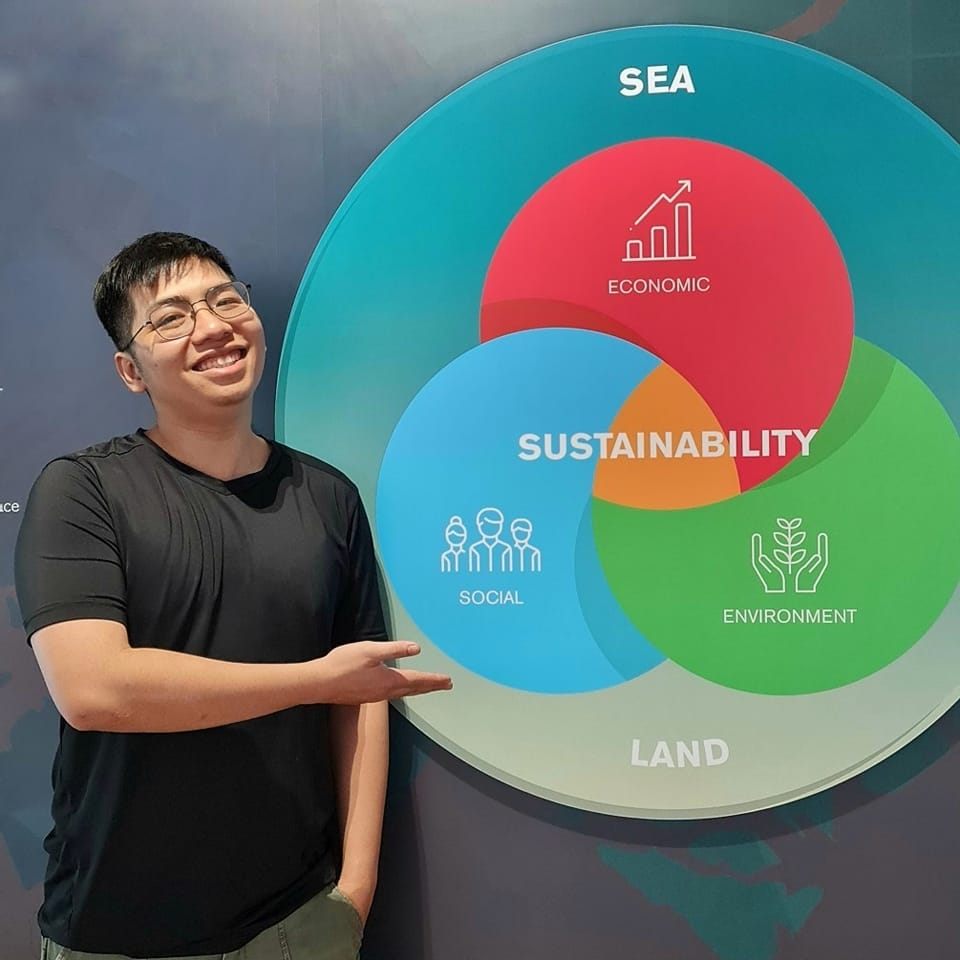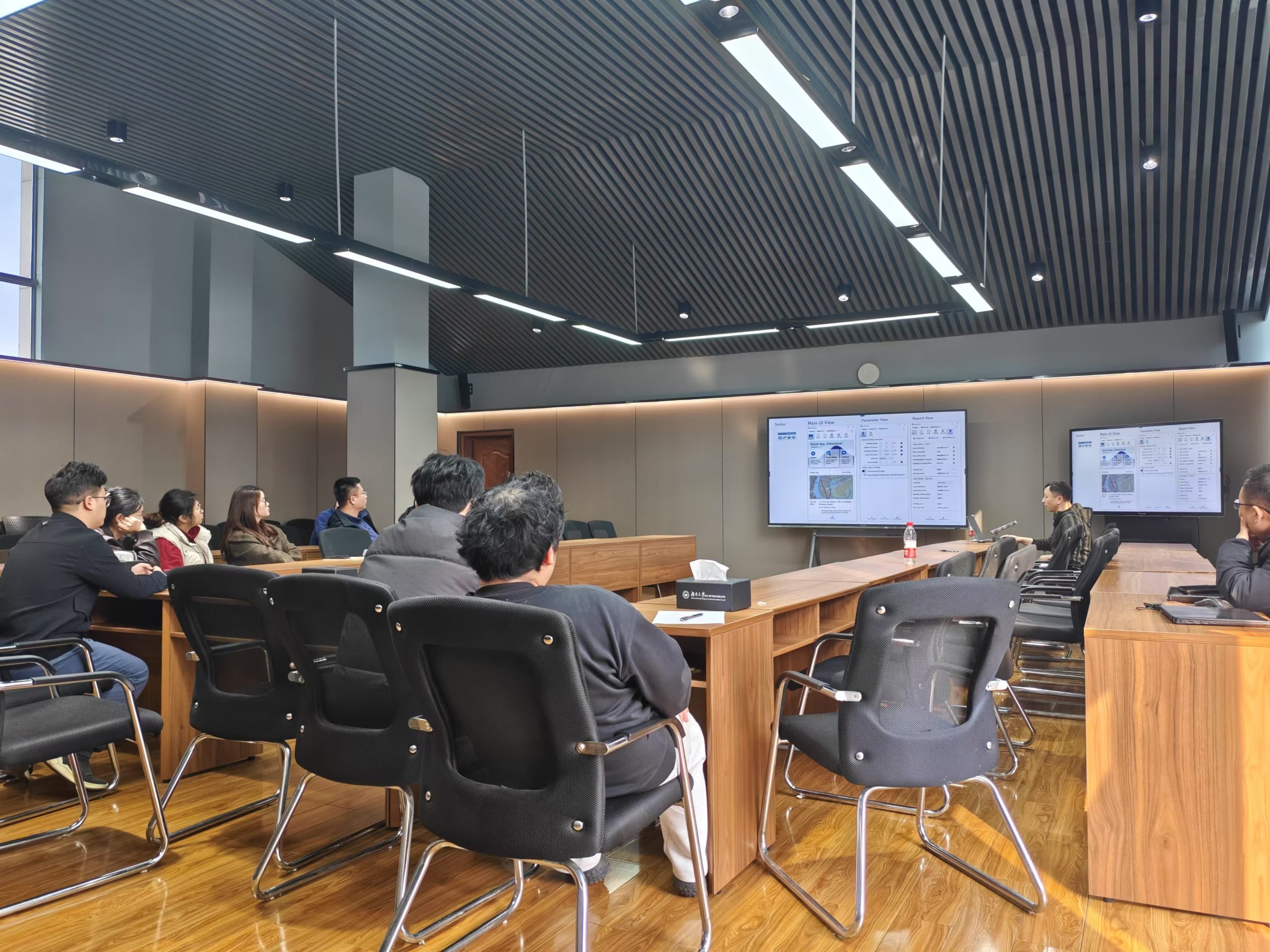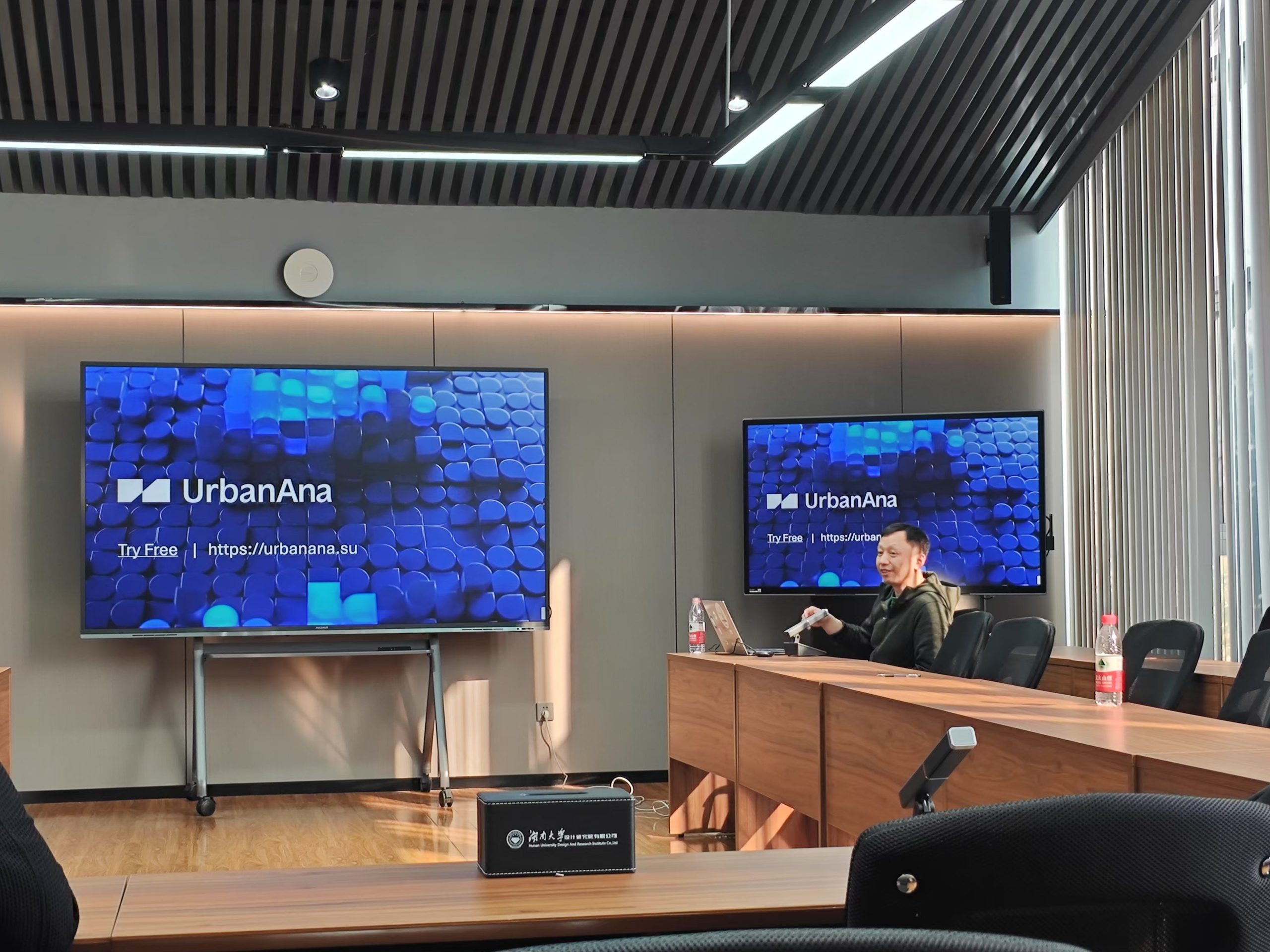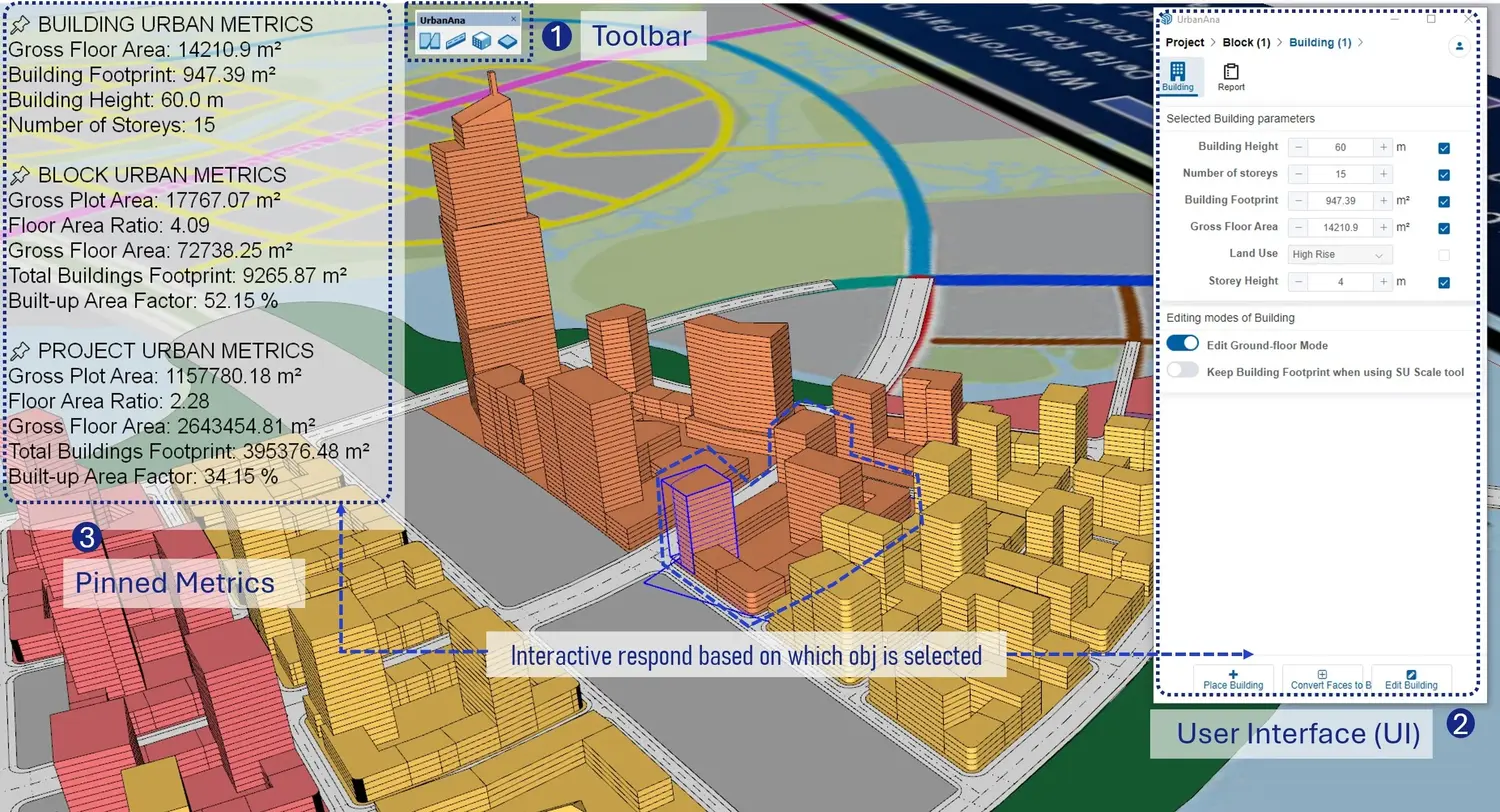Blending Academia and Practice: UrbanAna Showcased at Hunan University Design and Research Institute
3.6 min read

On March 18th, 2025, UrbanAna was honored to participate in an exclusive workshop hosted by the Hunan University Design and Research Institute Co., Ltd—one of China’s most respected hubs for regional urban development and applied research. The event offered a rare intersection of academia and industry, where architects, planners, and educators gathered to explore the role of digital tools in shaping the cities of tomorrow.
Why This Event Mattered
Titled “Real-Time Urban Planning in Practice”, the session focused on demonstrating how cutting-edge digital platforms like UrbanAna are helping professionals rethink the way cities are designed, tested, and refined. In the age of climate change, rapid urbanization, and shifting policy landscapes, tools that enable quick, informed iterations can create tangible value across both public and private sectors.

Leading the session was Mr. Xiao Wantao, UrbanAna’s partner in China, who walked the audience through real case studies using the software.
Key Highlights
Leading the session was Mr. Xiao Wantao, UrbanAna’s partner in China, who walked the audience through real case studies using the software. Attendees explored:
- UrbanAna’s land use and floor area simulation tools
- Real-time feedback systems that support faster decision-making
- Comparative analysis features that allow planners to visualize trade-offs in zoning and FAR adjustments
Live demonstrations using real project data gave the audience a practical understanding of how UrbanAna fits into daily workflows—from initial massing studies to planning compliance checks.
What made the session unique wasn’t just the software—it was the interactive format. Professionals posed challenging questions about integration with legacy systems, design freedom versus regulatory frameworks, and how early-stage tools can translate to built outcomes. These dialogues revealed both the promise and limitations of urban tech.
Audience Insight

Participants included experienced architects, urban planning faculty members, and graduate students. While some were exploring digital tools for the first time, others had specific concerns about transitioning from traditional CAD workflows. Their questions were both critical and constructive:
- “”At what scales does UrbanAna operate most effectively?”
- “How adaptable is it for local Chinese zoning systems?”
- “What is the interoperability with Rhino or AutoCAD?”
These questions demonstrated that while UrbanAna’s design-centric focus appeals to creatives, future adoption will depend on customization and compatibility.
To these, our team responded:
- Effective scale range: UrbanAna works optimally at scales between 1/2000 and 1/5000, typically handling project areas from 50 to 5000 hectares, which is ideal for neighborhood and district-level planning.
- Local zoning adaptability: UrbanAna is designed with flexible zoning schema inputs, enabling planners to model Chinese zoning logic—including custom redline boundaries, plot ratios, and multi-use land categories.
- Interoperability: UrbanAna supports exporting massing and parcel geometries to SketchUp and Rhino via
.objand.dxfformats, as well as exporting.xlsxfiles with all the urban metrics.
Rethinking Collaboration: Beyond One-Off Events
This session marked more than just a demo—it was a step toward long-term co-creation between industry and academia. Hunan University’s interest in UrbanAna is not simply about classroom tools. There are discussions underway to integrate UrbanAna into capstone studios and faculty-led research on land-use optimization.
Still, collaboration comes with challenges. Curricular rigidity, limited technical infrastructure, and resistance to change all surfaced in open conversation. Acknowledging these barriers helps build trust and leads to realistic pathways forward.
What’s Next for UrbanAna in China?
This workshop adds momentum to UrbanAna’s vision of smarter, more accessible planning in Asia. But there’s more work to do. Based on feedback, our product team is:
- Developing Chinese-language onboarding for public institutions
- Enhancing parcel subdivision tools tailored for regional zoning rules
- Exploring integration partnerships with local GIS software vendors
The road ahead is collaborative—and we’re listening.
Want to Be Part of the Future of Urban Design?
Whether you’re an educator, urban designer, or policymaker, UrbanAna invites you to:
Start a free trial of UrbanAna to explore its planning toolkit
Let’s shape better cities—together.
For partnership inquiries or educational licenses, reach out to: [email protected]




